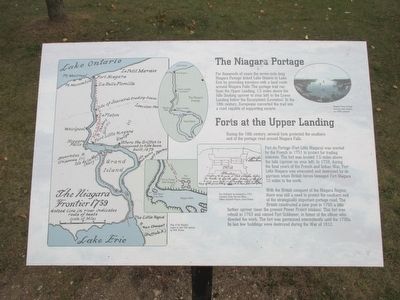Welcome to the story of LaSalle’s French Colony, a tale of ambition, exploration, and ultimately, failure that played out on the shores of what is now southeastern Texas. Today, you stand near the coordinates 28.668109, -96.110103, a remote place that once held the dreams of one of history’s most daring explorers, René-Robert Cavelier, Sieur de La Salle.
In 1684, La Salle set sail from France with four ships and nearly 300 colonists, aiming to establish a French foothold at the mouth of the Mississippi River, a strategic location that could control the interior of North America. However, due to poor navigation and miscommunication, La Salle’s expedition missed the Mississippi entirely and instead landed along the Texas coast near Matagorda Bay.
The colony, Fort Saint Louis, was established in 1685 under harsh conditions. The settlers faced numerous challenges, including hostile relations with local Native American tribes, disease, and a lack of supplies. La Salle made several attempts to locate the Mississippi by land, leaving the colony vulnerable.
The situation worsened when one of La Salle’s ships was wrecked, and another was captured by Spanish privateers. With dwindling resources, the colony struggled to survive. In 1687, La Salle set out on an expedition to find help but was murdered by his own men in a mutiny.
Without leadership and resources, the colony quickly deteriorated. By 1688, the last of the settlers had either died or been captured by the Karankawa tribe. The Spanish, who learned about the French presence, eventually found the remains of the fort and buried the French threat to their territories.
Notable figures associated with this site include the intrepid La Salle himself, whose vision for a French empire in the New World met its tragic end here. Despite the failure, La Salle’s journey significantly influenced European geopolitics. It prompted the Spanish to strengthen their own settlements in Texas, fearful of further foreign encroachments.
Today, the story of LaSalle’s French Colony stands as a testament to the challenges of colonization and the complex interactions between European settlers and Native American tribes. While the physical traces of Fort Saint Louis have long since faded, its legacy endures in the historical narrative of Texas and the broader story of European exploration of North America.


